How to Plant Wildflower Seeds
The Butterfly Garden
Introduction to The Butterfly Garden:
The Butterfly Garden is not just a regular garden; it’s a sanctuary for delicate butterflies. By creating a welcoming environment filled with nectar-rich flowers and suitable host plants, you can attract these beautiful creatures to your own Butterfly Garden and support their lifecycle from egg to adult.
Table of Contents
Benefits of The Butterfly Garden
1. Supporting Pollinators:
The Butterfly Garden plays a crucial role in supporting pollinators like butterflies. By providing a habitat for them, you contribute to the health and diversity of plant species in your local ecosystem.
2. Adding Beauty to the Landscape:
With its vibrant colors and fluttering wings, The Butterfly Garden is a sight to behold. It adds a touch of natural beauty to any landscape and brings joy to everyone who encounters it.
3.Creating Educational Opportunities:
The Butterfly Garden offers unique opportunities for learning and discovery. It’s a hands-on experience of the natural world that inspires curiosity and wonder in people of all ages.
Creating a Butterfly-Friendly Habitat in The Butterfly Garden
To attract butterflies to The Butterfly Garden, it’s essential to create a welcoming habitat that meets their needs for food, shelter, and breeding. Here are some tips for creating a butterfly-friendly habitat in your Butterfly Garden:
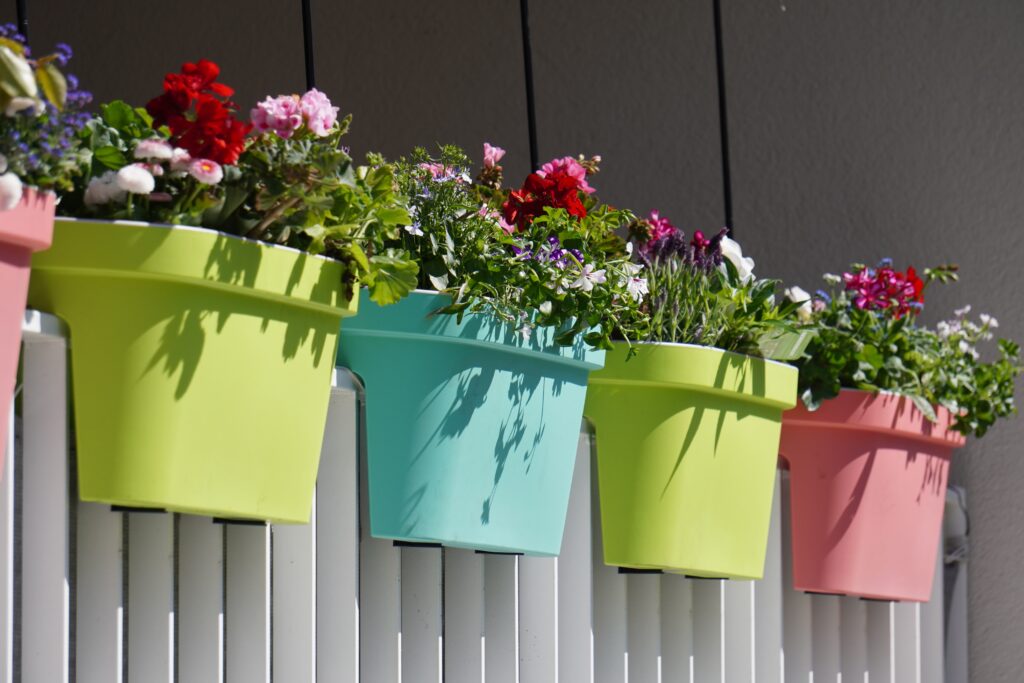
1. Selecting Suitable Plants:
Choose a variety of nectar-rich flowers that attract butterflies and provide a continuous source of food throughout the growing season. Popular choices include buddleia, lavender, verbena, and marigolds in The Butterfly Garden.
2. Providing Food and Shelter :
In addition to nectar-rich flowers, cinto The Butterfly Garden that cater to the specific needs of butterfly species in your area. These plants serve as food sources for caterpillars and provide shelter for eggs and pupae as they develop into adult butterflies.
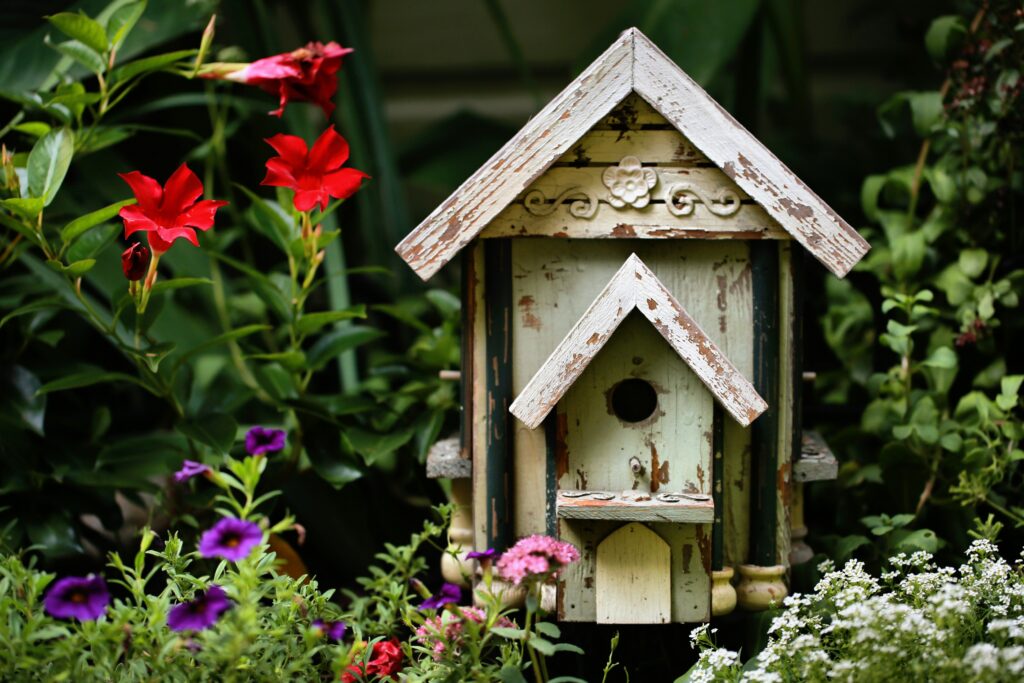
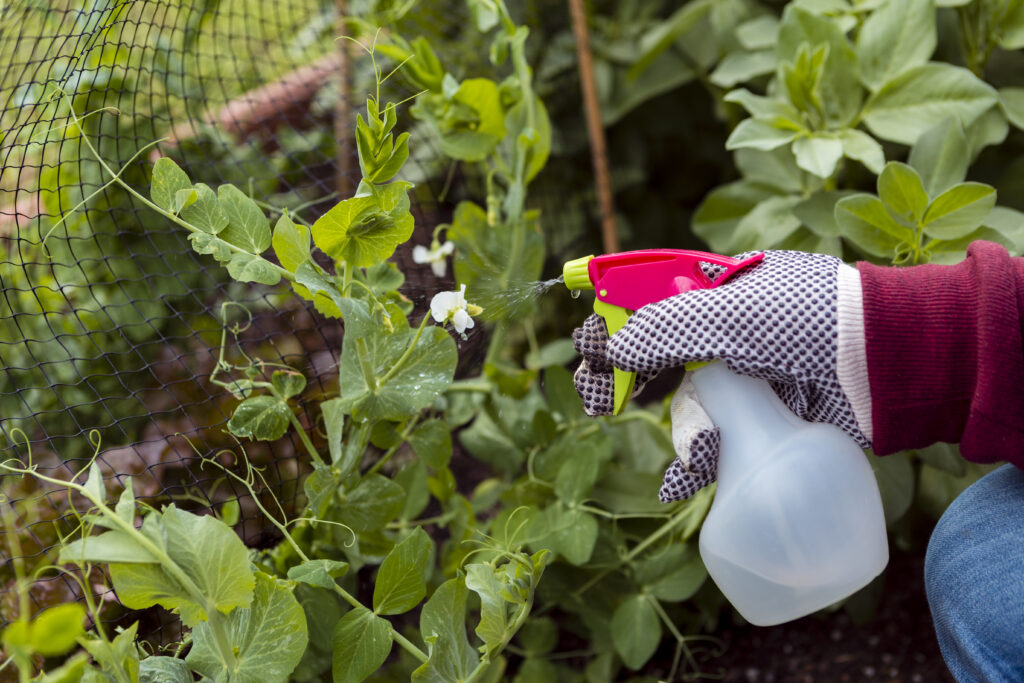
3. Avoiding Pesticides :
Minimise the use of chemical pesticides in The Butterfly Garden, as these can harm butterflies and other beneficial insects. Instead, opt for natural pest control methods such as hand-picking pests, using biological controls, and attracting natural predators like ladybirds and lacewings.
Designing The Butterfly Garden
Elevate your small flower garden with creative design ideas that add charm and personality to your outdoor space.
1. Choosing the Right Location :
Select a sunny, sheltered spot for The Butterfly Garden, as butterflies rely on the sun’s warmth to regulate their body temperature. Avoid windy or exposed locations, as these can make it difficult for butterflies to feed and fly.
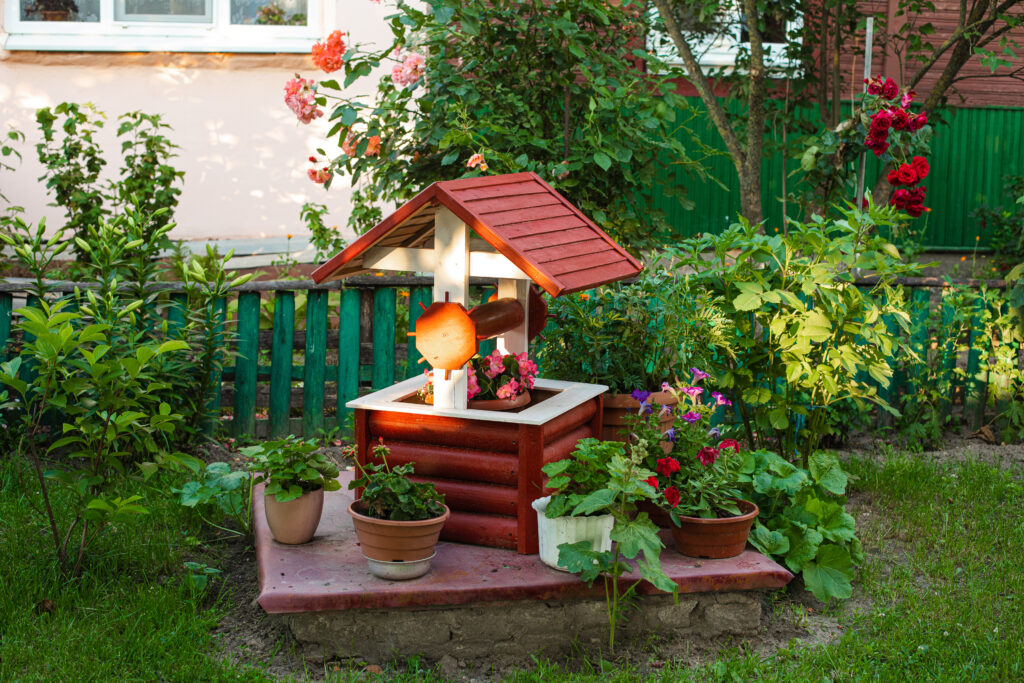
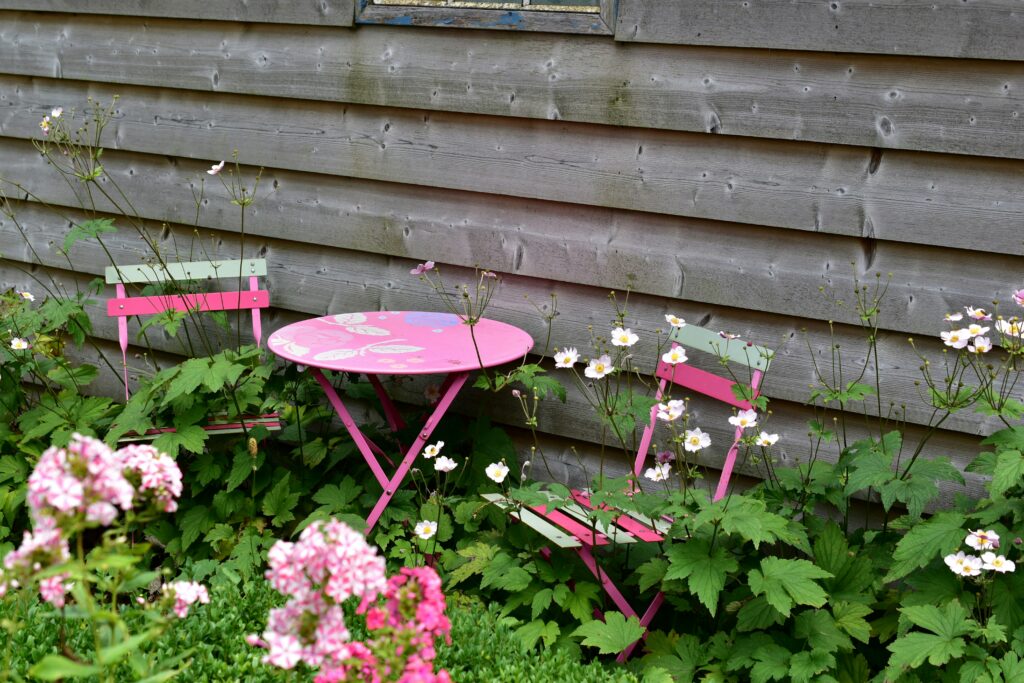
2. Planning Garden Layout :
Design The Butterfly Garden with a mix of open spaces and sheltered areas to accommodate different butterfly species and their preferences. Create winding pathways and clusters of flowers to encourage exploration and provide resting spots for butterflies.
3.Incorporating Water Features :
Include a shallow dish or birdbath filled with water in The Butterfly Garden to provide drinking and bathing opportunities for butterflies. You can also create a small pond or water feature to attract a wider variety of wildlife, including frogs, dragonflies, and birds.
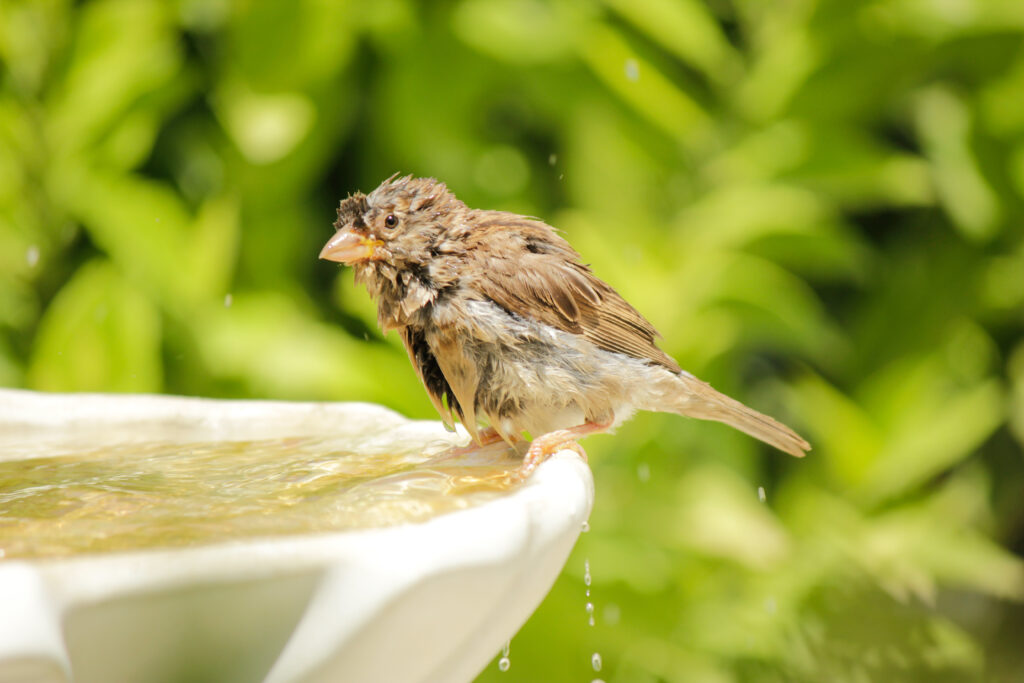
Maintaining Your Butterfly Garden in Your Butterfly Habitat
Once The Butterfly Garden is established, it’s important to maintain it properly to ensure its long-term success and sustainability. Here are some tips for maintaining your Butterfly Garden:
1. Regular Watering and Weeding :
Water your plants regularly, especially during dry spells, to keep the soil moist and provide essential hydration for butterflies. Remove weeds and dead foliage regularly to prevent competition for nutrients and maintain a tidy appearance in The Butterfly Garden.
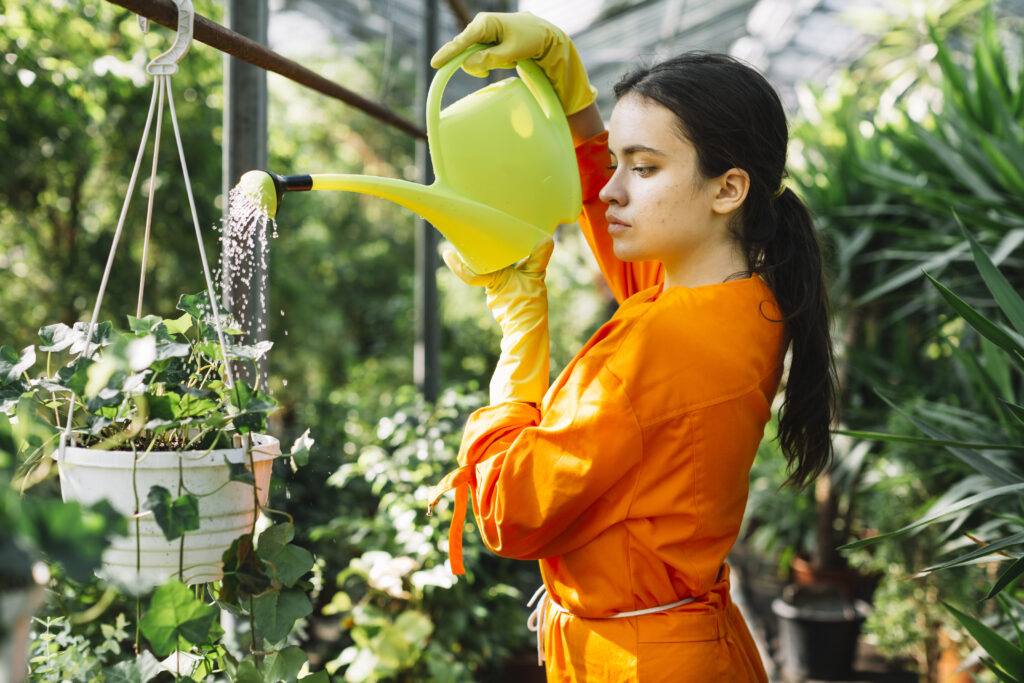

2. Pruning and Deadheading:
Prune your plants as needed to remove dead or diseased growth and encourage healthy growth and flowering. Deadhead spent flowers to promote continuous blooming and attract more butterflies to The Butterfly Garden.
3. Monitoring Butterfly Activity :
Take time to observe and enjoy the butterfly activity in The Butterfly Garden, keeping an eye out for different species, behaviours, and interactions with other wildlife. Record your observations in a journal or butterfly logbook to track changes over time and learn more about these fascinating creatures.
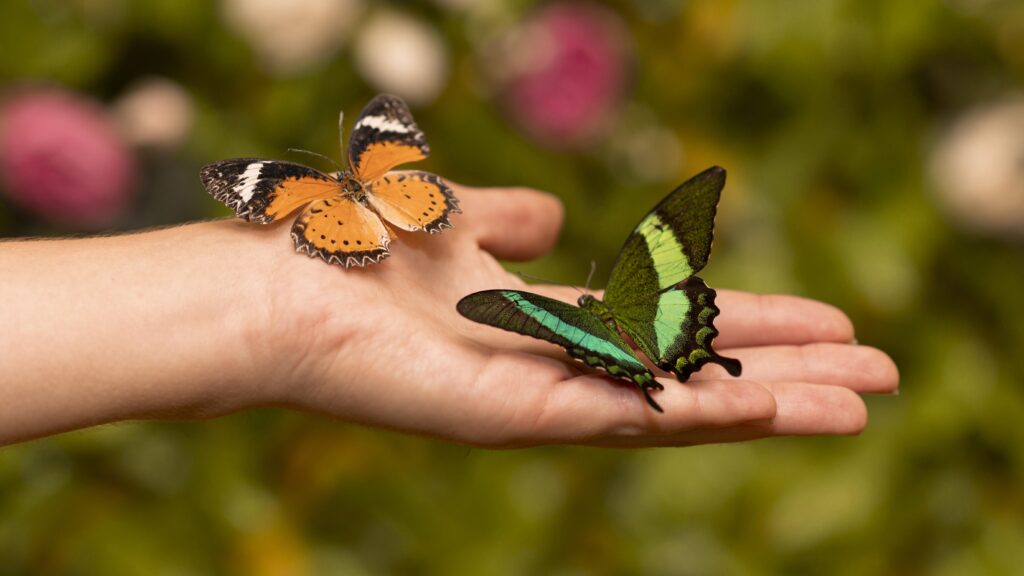
Conclusion:
The Butterfly Garden is not just a place; it’s an experience—a journey into the enchanting world of butterflies. By following the tips outlined in this article and embracing the principles of butterfly gardening, you can create a haven for butterflies and other wildlife in your own backyard.
So why wait? Start planning and creating your own Butterfly Garden today. Your garden—and the butterflies that call it home—will thank you for it.
“Discover More: Enhance Your Garden with Bee-Friendly Tips!”
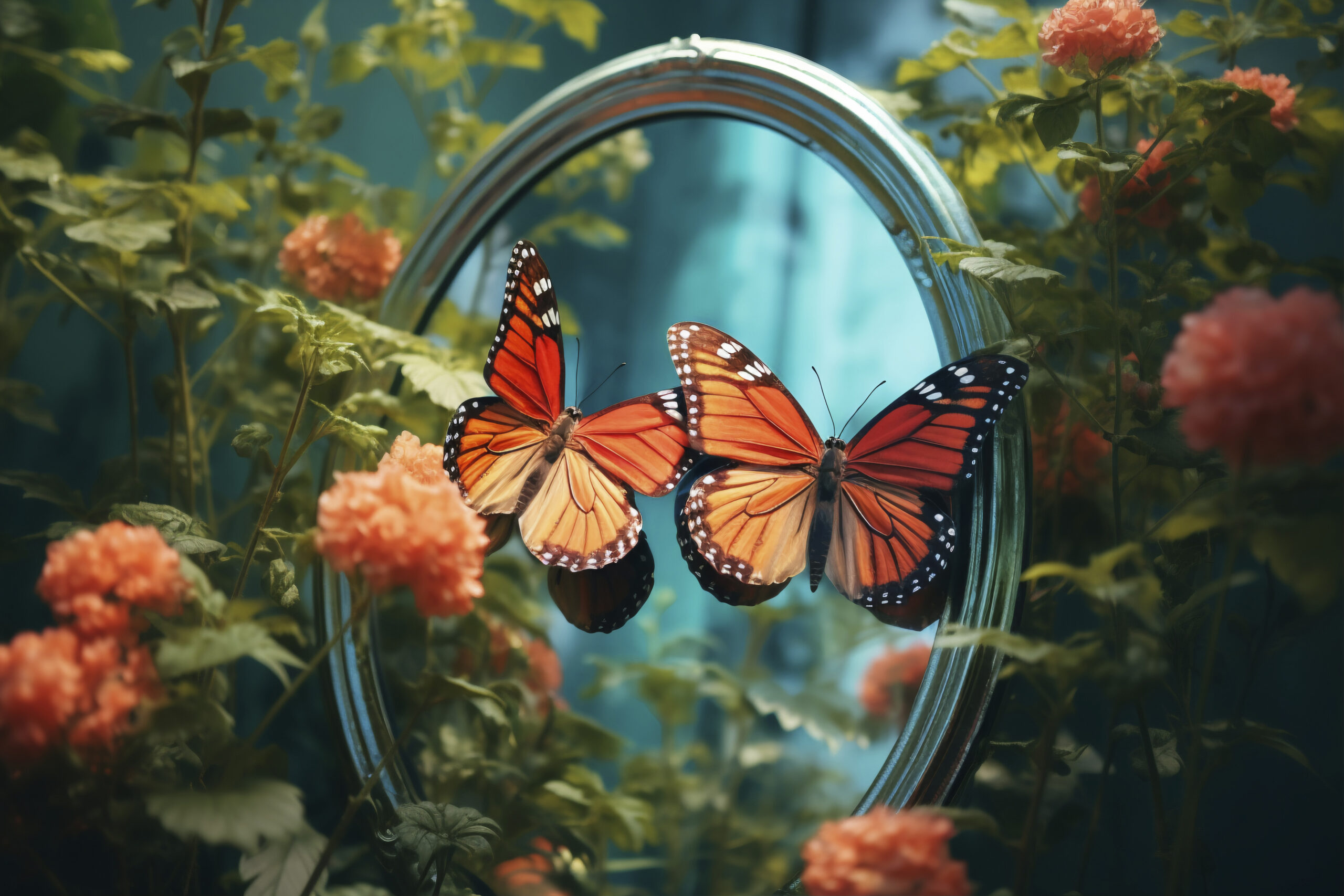
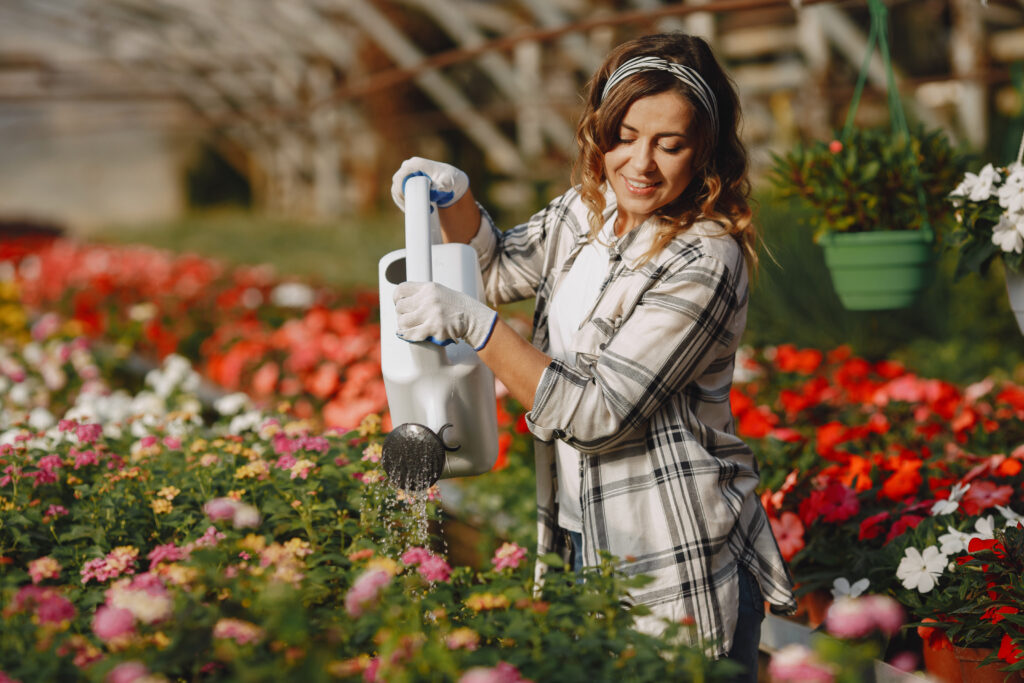
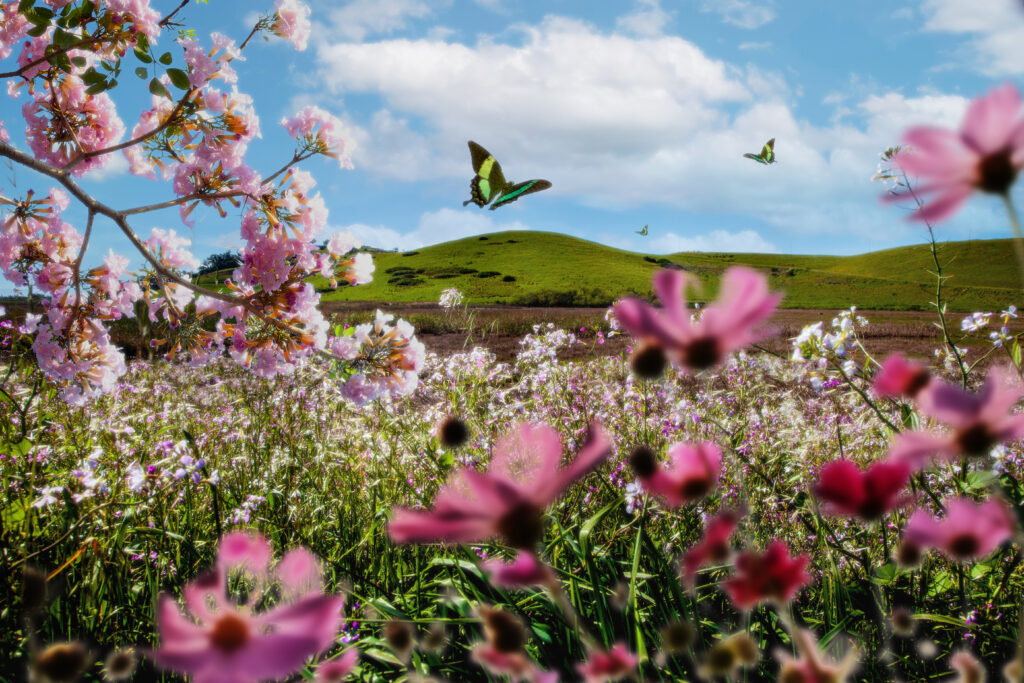
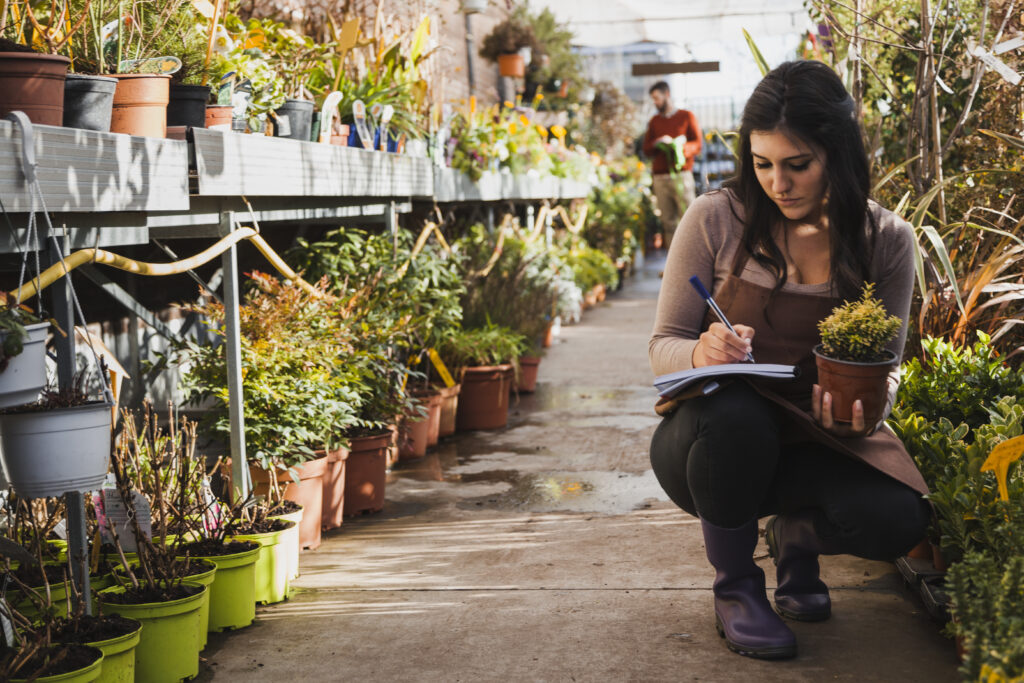
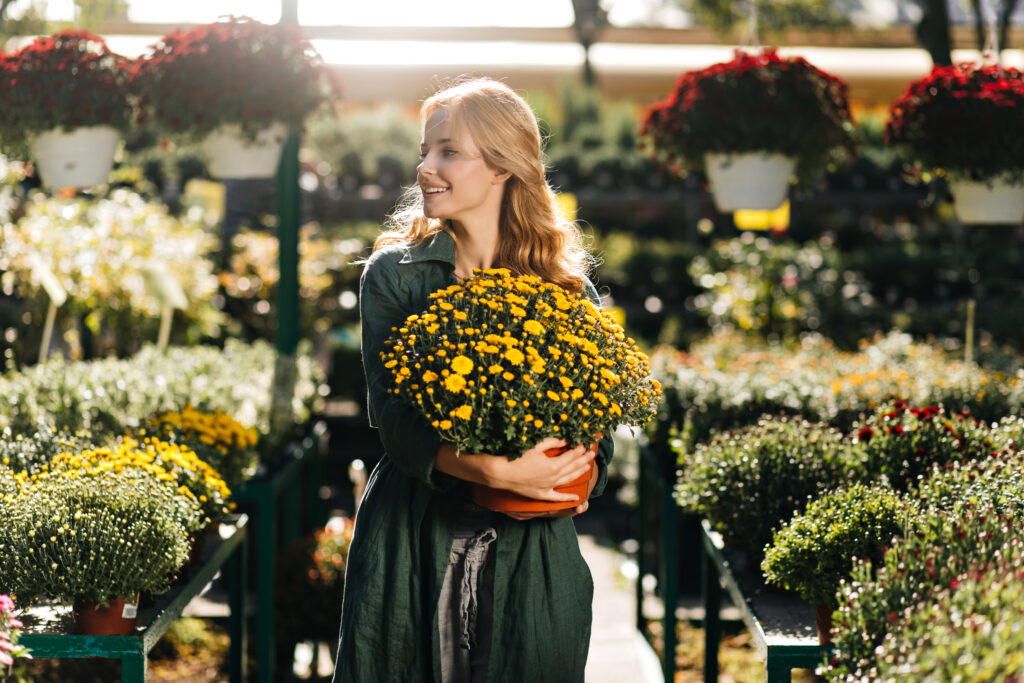
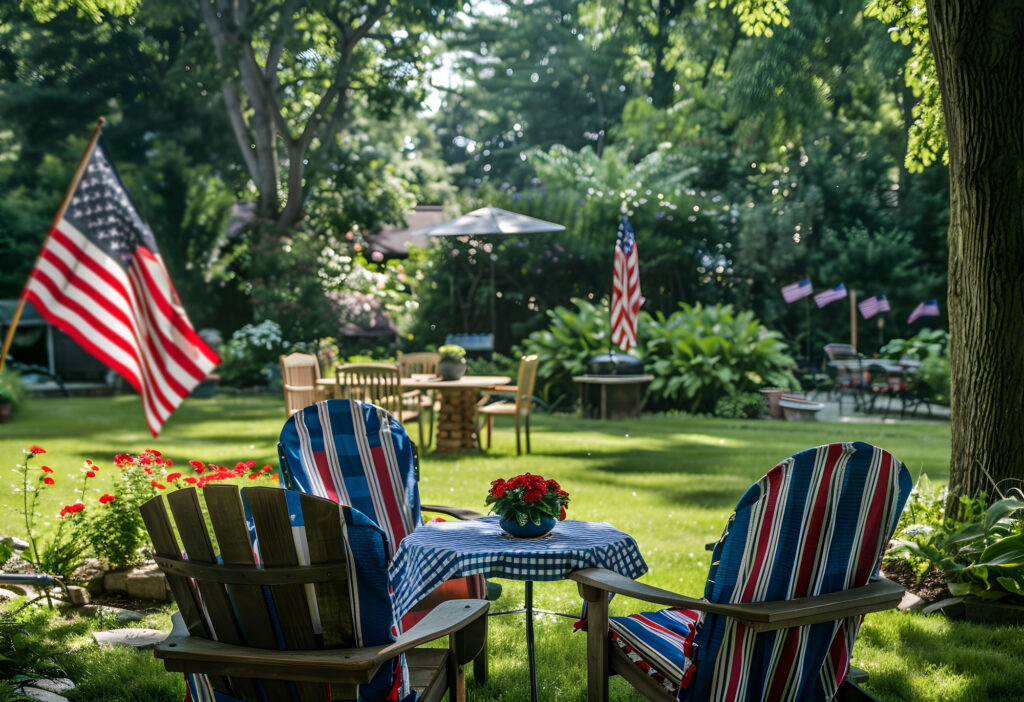
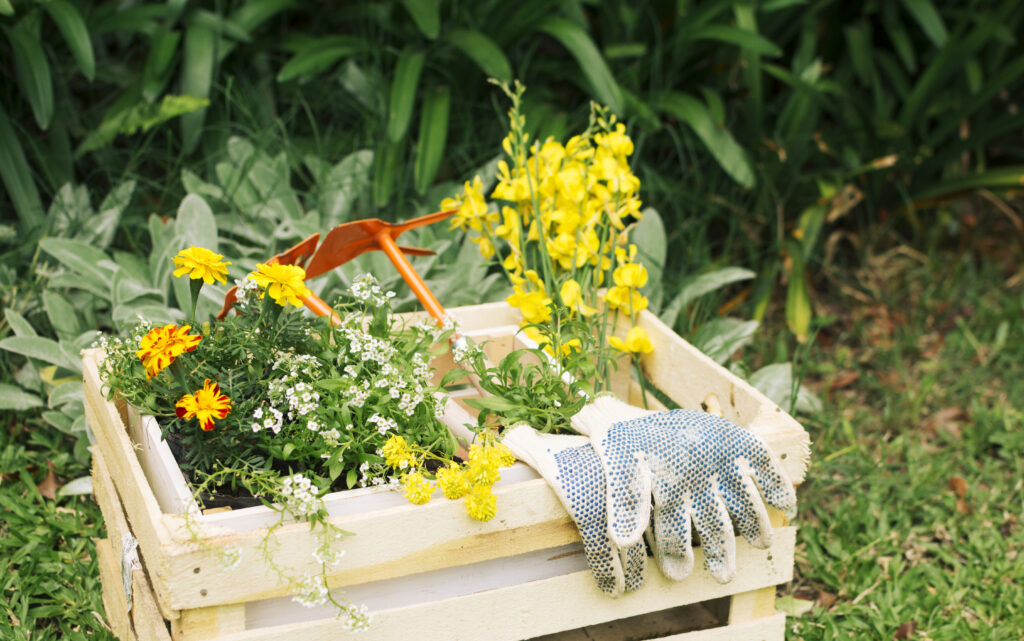
Thanks for the article, download free vectors on fellors. Fellors offers its users exclusive, high-quality graphic resources and illustrations. A little preview on https://www.fellors.com/
yeah sure !
ok i will